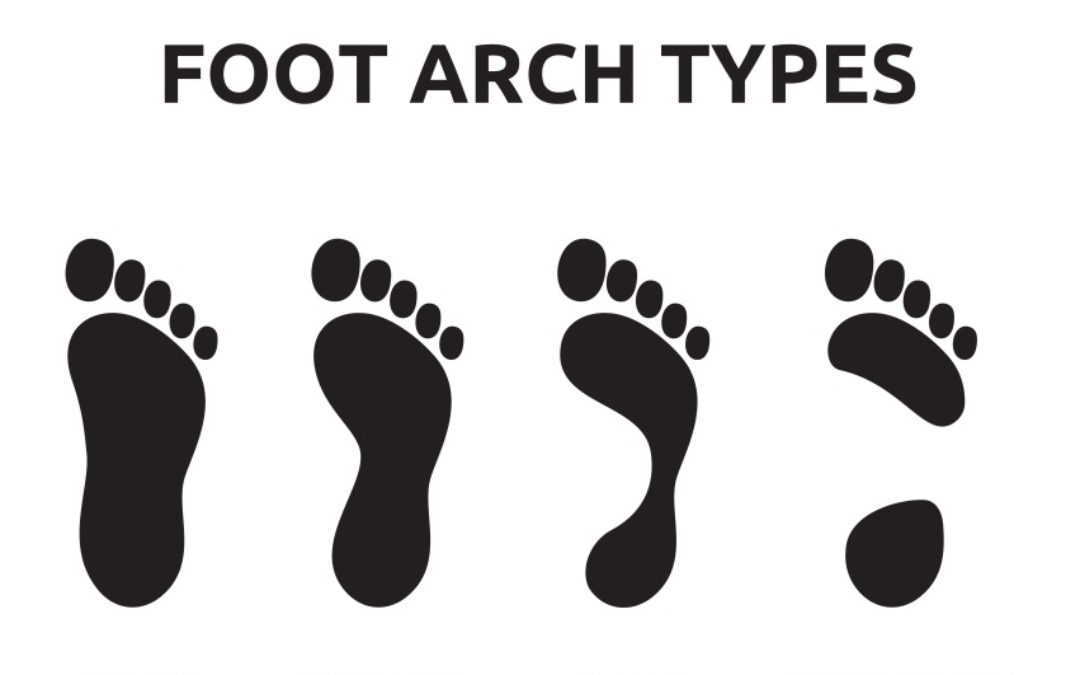Should I use my running orthotics for rowing?
Question:
Should I use my running/walking orthotics in the rowing boat and on the ergo?
This is a question we get a lot from social media and web inquiries so it’s clearly one many rowing athletes consider. With $375 million + spent on over-the-counter orthotics in the last few years, it makes sense – many of you have them.
Answer:
No short answer for this, as always with body mechanics, there are a few variables.
Rowing is an unique activity in many ways, including the fact that we load the foot and limb in a horizontal plane as we have discussed before. This creates different mechanics across the limb with VS the walking or running action. Within these there are two major considerations for running/walking orthotic use on the ergo and in the boat:
1. Gravity:
Loading the foot horizontally; this means there is a different angle and effect of gravity acting on the limb. In a standing position gravity helps to preload the articulations of the foot, which changes the foot mechanics in both passive and active states. An example of this is the size of your foot arch: when you get out of the shower and leave a wet footprint on the floor while standing, you can see a certain shape to the foot and the arch ‘gap’ itself. Now try sitting on chair and placing your foot down to see the difference less weight load has on the imprint shape. Finally, and hopefully with a clean foot, sit on the floor with your legs straight out – touch your whole foot on the wall and take a look at this print. It will be different because for different positions and load the amazing structure that is the foot has differing roles and needs different support.
Although crude (and a little exaggerated) this will demonstrate how an orthotic designed for walking, running and being a day to day homo-sapien may not be compatible or practical within the rowing mechanic. Not that being a rower makes you less human, super human maybe…..
2. Heel contact:
The shape of many commonly prescribed orthotics is designed to manipulate the calcaneous (heel) to affect the alignment of the rear foot and specifically the sub talar joint (ankle). Therefore, for an orthotic to function as it has been prescribed, the heel must be in contact with the stretcher or there is nothing for the orthotic to act against to align the foot until this point.
With many rowers not connecting the heel until the second half of the drive phase (after maximum handle force has been reached), there is limited benefit from the orthotic especially within the early phase of the drive, when musculo-skeletal loading is at it’s highest (and arguably the orthotic would be needed the most).
Therefore, to get the most from your orthotics, you need a very flat stretcher angle which is not good for producing rowing force. There may be something to be said for values and various support (rolling in, rolling out) of the foot but this must be designed for you in a rowing position and validated with a pressure map or instrumented foot stretcher. In short what is working for you running may not be for rowing.
That said, I have met rowers who feel comfortable with their orthotics while rowing and some who even benefit from a more contoured shape for their foot on the flat footboard, it’s just that this shape has not been designed for rowing. That is why our ShoePlate Pro QuickRelease and CustomPack shims were created.
So, to summarise the answer to the question:
Consider first what your orthotic was made for and why you use it. Ask yourself – do I feel better with the orthotic while rowing? Does it add to my performance? If the answer is yes keep using it of course! If the answer is no/maybe or you are not sure then there are many reasons why this may be the case based on it being made for you to run/walk or stand on. Have a look at www.batlogic.net for the science behind how to support your foot for the best result in the sport we care most about – rowing.

